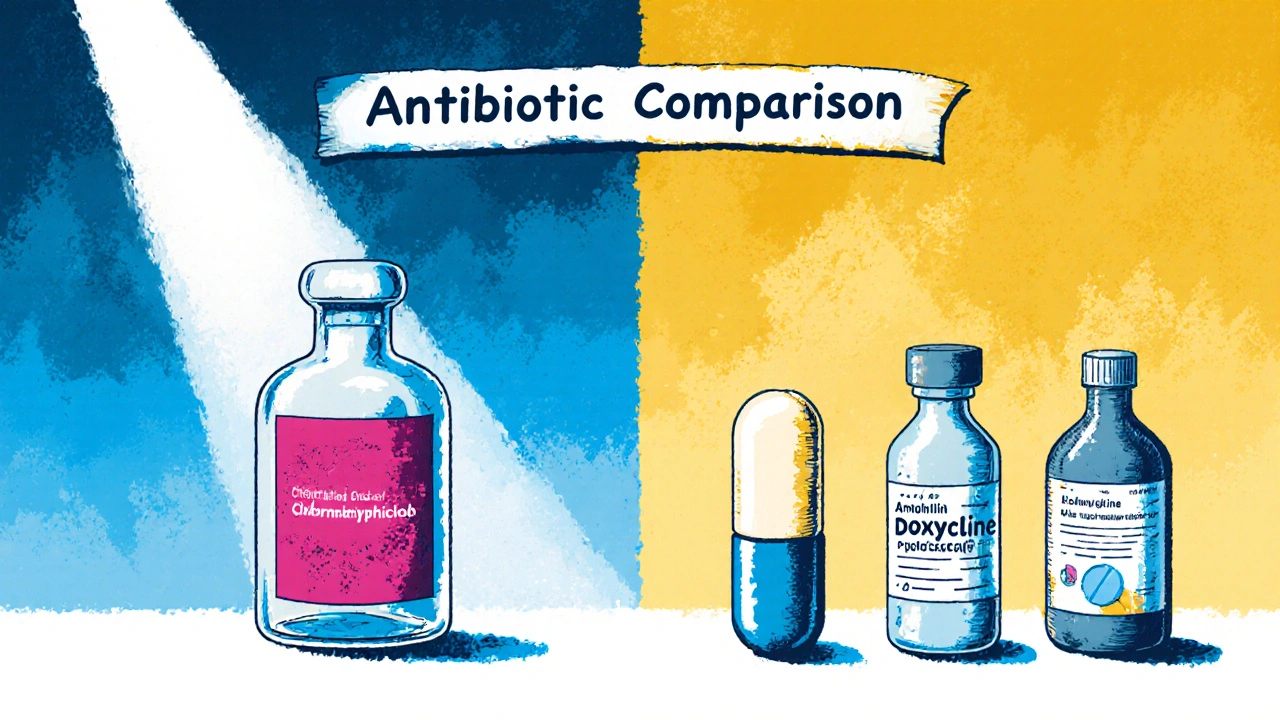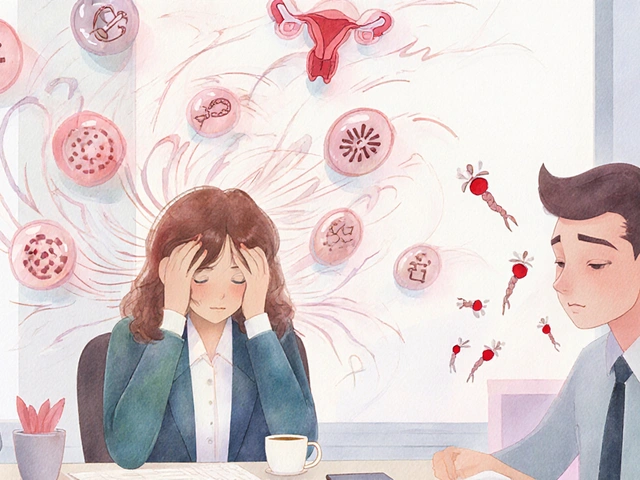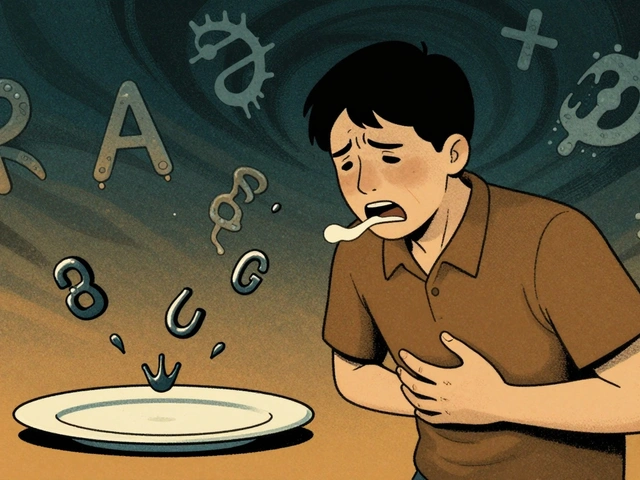Chloromycetin: What It Is, How It's Used, and Key Alternatives
When you hear Chloromycetin, a broad-spectrum antibiotic containing chloramphenicol, once widely used for life-threatening infections. Also known as chloramphenicol, it was a go-to drug in the 1950s and 60s for meningitis, typhoid fever, and severe eye infections. But today, it’s rarely the first choice — and for good reason. While it kills a wide range of bacteria, it can also shut down your bone marrow’s ability to make blood cells, leading to rare but deadly side effects like aplastic anemia. That’s why doctors now turn to safer options unless there’s no other choice.
Chloromycetin still has a role — mostly in places with limited access to modern antibiotics, or when other drugs fail. It’s sometimes used for eye infections in newborns, or in cases of typhoid fever resistant to common antibiotics. But even then, it’s often reserved for short courses under strict monitoring. The real issue isn’t just effectiveness — it’s risk. Unlike newer antibiotics that target specific bacteria, Chloromycetin hits everything, which increases the chance of resistant strains and collateral damage to your gut and blood system. That’s why antibiotic resistance, the growing problem where bacteria evolve to survive drug treatment is so tied to older, broad-spectrum drugs like this one. And when you look at bacterial infections, conditions like urinary tract infections, pneumonia, or skin abscesses, today’s guidelines push for narrower, targeted treatments first.
What you’ll find in the posts below aren’t direct reviews of Chloromycetin — but they’re all connected. You’ll see how other antibiotics like mupirocin and nitrofurantoin are chosen for specific infections, how drug interactions can turn safe meds dangerous, and why some treatments get phased out not because they don’t work — but because they carry risks we now know how to avoid. There’s also a strong theme here: knowing when to use a strong drug, and when to choose something simpler and safer. That’s the lesson Chloromycetin teaches us today — power isn’t always better, and sometimes the best medicine is the one that doesn’t put your life at risk just to fix the problem.

- Oct 22, 2025
- Posted by Cillian Osterfield
Chloramphenicol vs Alternatives: Comprehensive Antibiotic Comparison
A detailed comparison of Chloramphenicol (Chloromycetin) with common antibiotic alternatives, covering efficacy, safety, and usage guidance.
Categories
- Health and Wellness (57)
- Medications (38)
- Health and Medicine (22)
- Pharmacy Services (10)
- Mental Health (5)
- Health and Career (2)
- Medical Research (2)
- Business and Finance (2)
- Health Information (1)
Latest Posts
©2025 heydoctor.su. All rights reserved





